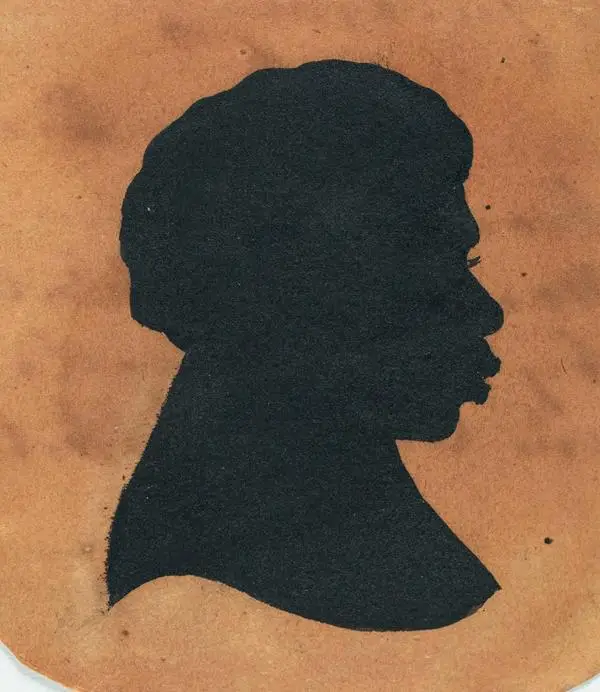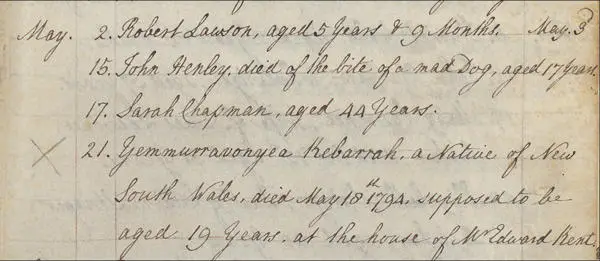Unforgotten Lives - Yemmerrawanyea's story
Yemmerrawanyea was a First Nations man of the Eora Nation who lived at what would become Port Jackson, Sydney at the time of the first British settlement of Australia. He was part of Governor Arthur Phillip’s household and travelled to England with him on the Atlantic, a convict ship. Accompanying them was an older man, Woollarawarre Bennelong, who acted as an interpreter. The party arrived in Falmouth in May 1793, along with a variety of wild animals, including four kangaroos.

Arthur Phillip took the men to London where they lived in lodgings in Mount Street, Grosvenor Square. They were given lessons in English and toured the sights, visiting the Tower of London and St Paul’s Cathedral and attending the theatre. While in London, they performed a song of the Eora Nation, leaving a unique legacy. This song was notated by Edward Jones, a Welsh musician and folk music collector, who published it as A Song of the Natives of New South Wales in a compilation called Musical Curiosities in 1811. This is the oldest known published music from Australia and is believed to record the first performance by First Nations people in Europe.

Unfortunately, Yemmerrawanyea and Bennelong became unwell during their stay. To help them recover, on 15 October 1793 the two men moved from their lodgings in central London to Eltham, then still a village in the Kent countryside. This was the beginning of a long period of illness for Yemmerrawanyea. Sadly, some seven months later, on 18 May 1794 he died and his burial is recorded in the parish register of St John the Baptist, Eltham, as "Yemmerrawanyea Kebarrah". It seems most likely that Bennelong was responsible for the word “Kebarrah” in the entry. Scholars suggest this word describes a First Nations man who has been initiated into manhood.
Bennelong survived and returned to Sydney in February 1795. There have been several attempts to repatriate Yemmerrawanyea’s remains to Australia, but their exact location is unknown.